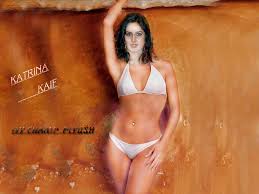How does a country controls its foreign exchange?
Paul Einzig is his book exchange controls has mentioned as many as 41 different methods of exchange control. They can be categorized as
- Direct Method
- Indirect Method
They are discussed here as under.
1. DIRECT METHOD
The direct method is further classified as:
Intervention
For an effective control of foreign exchange rates and the foreign exchange market the government usually has a central authority i.e. the Central Bank that has the complete power to control and regulate the foreign exchange market. Under this method any body who either wants to purchase or sell foreign exchange he has to deal with the central bank. All the selling and purchasing transactions of foreign exchange is controlled by the central bank which helps it to adjust demand and supply of foreign exchange according to the need of the country.
Restriction
Exchange restriction is another powerful weapon of exchange control. It refers to the policy by which the government restricts the supply of its currencies coming into the exchange market. It is achieved either by one of the following methods.
- By centralizing all trading in foreign exchange with central bank of the country.
- To prevent the exchange of national currency against foreign currency with the permission of the government.
- By making all foreign exchange transactions through the agency of the government.
Exchange Clearing Agreement
Under this method the countries engaged in trade pay to their respective central bank the amounts payable to their respective foreign creditors. The central banks they use the money in off setting the corresponding claims after fixing the value of the foreign currencies by common agreement. The basic principle is to offset international payments so that they have not to be settled through the medium of the foreign exchange market.
INDIRECT METHODS
The most commonly used direct method or tool of exchange control is the use of tariff duties and quotes and other quantitative restrictions on the volume of international trade. By imposing tariff and quotes the demand for the foreign currency falls down in the case of restricting the imports.
Rate of Interest
Another method of indirect exchange is the rate interest. The rate of exchange is the result of demand and supply of each other currencies arising out of trade and capital movement. A high rate of interest in a country attracts short term capital from other countries that leads to a exchange rate for the currency in terms of other currencies goes up.











































